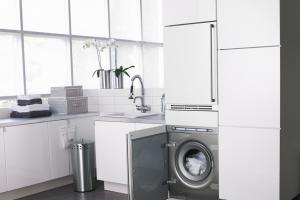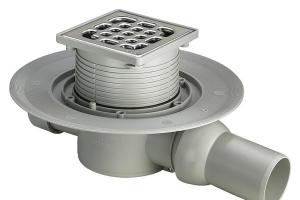Which washbasin to choose: material, size, type, shape
The washbasin is one of the most sought after items in the home. It is needed in order to wash, brush your teeth, wash your hands, and each of the family members does these procedures many times during the day. If you also hang over it and attach several shelves for cosmetic and hygiene products, you will get a great place for personal care, or even a branch of a beauty salon. It’s probably not worth proving that the washbasin should be strong and durable, easily endure constant use, not crack, scratch, and even not make much noise under the influence of water, and at the same time look pretty, because it depends. So which washbasin is best suited in each case?
For starters, it wouldn't hurt to figure out How are sinks different from sinks?, and those, in turn, from shells. Oddly enough, there are several different versions of this issue, but one claims to be true: sinks are called a number of plumbing devices, which in their shape resemble a shell from the sea. Among them, there are sinks - they are designed for washing dishes, and washbasins - devices located in the bathroom and serving for numerous hygiene procedures.
Production material
Installation height also plays an important role. For an adult will be the most convenient washbasin height 80-90 cm, and at the same time preference is given to a deep bowl, as it is much more convenient. With a shortage of space, you can use corner models: they are more compact, and in terms of functionality they are no different from ordinary sinks.
Washbasin types
A washbasin can be installed in a bathroom in many different ways, and the same sink can be used in several different ways. The main types today are:
- console washbasins attached to the wall, and at the same time do not rest on the floor. There is a lot of free space under the sink, which can be used to store a laundry basket, detergents, or simply left free to visually enlarge the bathroom space. This is a nice option, in which all communications are hidden, but it will require strong walls that can withstand the load of the washbasin;
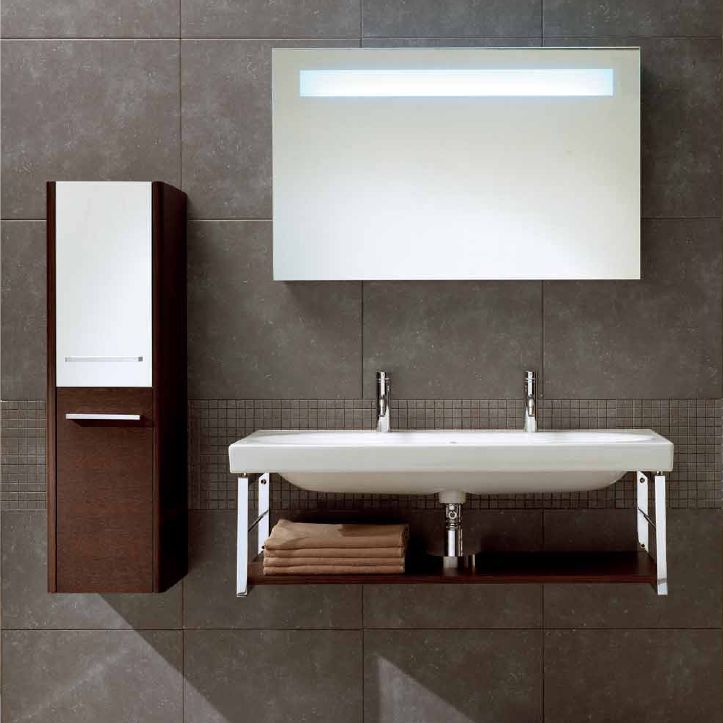
- tulip shells use a special pedestal or semi-pedestal for installation. All communications are hidden in it: simple and effective at the same time. But you should not choose a too narrow pedestal, as it can make it difficult to access communications when. In this case, the washbasin rests on a stand, this option is easy to install, but moisture can accumulate at the bottom of the pedestal, and you can’t organize any storage here;
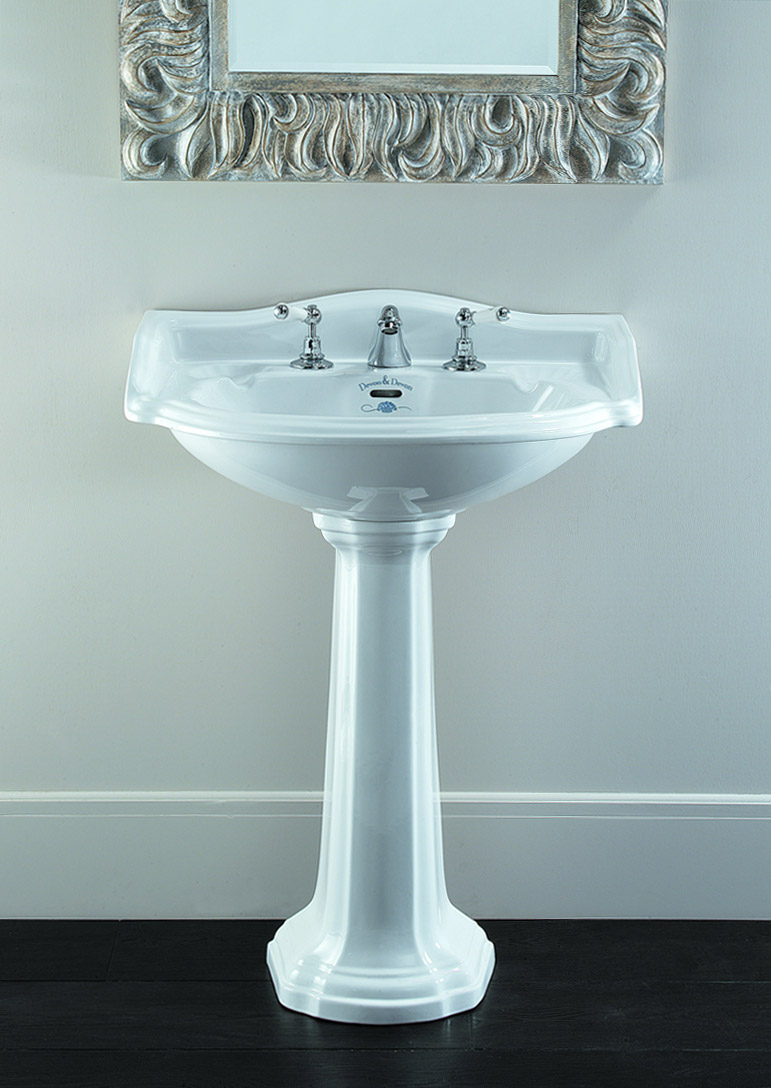
- built-in (mortise) or a cabinet washbasin - the most aesthetic and practical option. A small cabinet under the sink will hide all communications and provide enough space for storing household chemicals or detergents. If the sink is stuck into the countertop, under which a lot of drawers, shelves and cabinets are arranged, then it turns out to be an ideal option - a functional interior detail where you can wash your face and not far from all kinds of bath accessories. Such furniture is most often made of moisture-resistant MDF, less often - from chipboard, since this material does not resist moisture well, even less often - from wood with special impregnations: although it withstands the conditions of the bathroom, it is expensive;
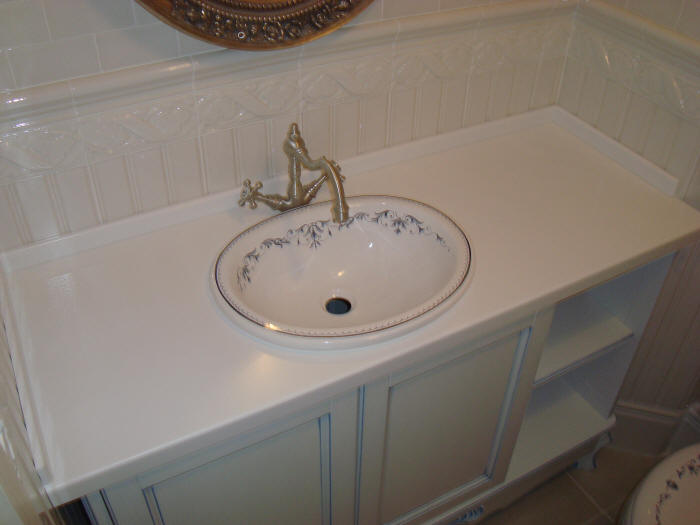
- if in the previous case the washbasin crashes into the countertop, that is overhead washbasins, which also earned wide popularity. In this case, the design turns out to be more interesting, you can dream up with the shape of the sink, it is easier to mount it, and all other advantages remain the same: you can use the countertop area and the place under the sink to good use;
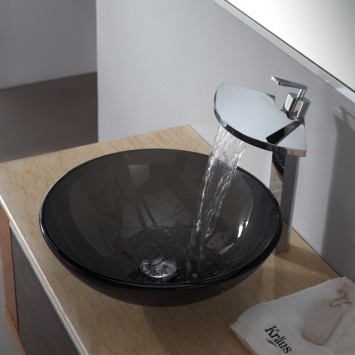
- Separately, it is worth noting the washbasins that are installed on the washing machine: they allow you to save space, have dimensions, like the top panel of a horizontal washing machine, have a small depth, but at the same time they cope with their functions and are simply irreplaceable in small bathrooms. But at the same time, they are difficult to install, draining water is difficult due to the non-standard location of the drain hole, and a non-standard siphon will become clogged more often than a regular one.

